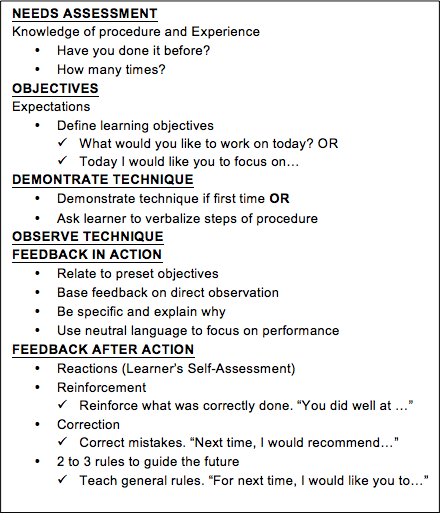Wound Care Introduction Module
Introduction
Welcome to the wound care module! Here you will learn how to create your own completely customizable wound care task trainers, from simple lacerations to complex draining wounds. Along with each section there will be:
- A clear list of materials needed to build the task trainer,
- Step-by-step instructions on creation of the task trainers,
- Pictures demonstrating key steps for creation and use,
- A video with audio descriptions of creating the task trainer, and
- A cost breakdown for the wound task trainers, including material sourcing information.
Once you have created your relevant task trainer:
- The ‘Skills Station Set-up Guide’ will identify what supplies you should lay out and how you should set-up your task trainer to promote learner success.
- The ‘Teaching / Feedback’ section will provide key frameworks for how to teach this skill and provide constructive feedback to participants based on their level of competency.
- The ‘Evaluation and Resources’ section will list and link peer-reviewed and evidence-based checklists that you can use to evaluate on the skill of wound care.
Skill Station Set-up Guide
| Wound Care Set-up | Picture |
|---|---|
|  |
Teaching / Feedback
Pendleton (1984) Method for Feedback (Burgess et al., 2020)
- Ask the learner what went well
- Tell the learner what went well
- Ask the learner what could be improved
- Tell the learner what could be improved
N.O.D.O.F.F tool for Technical Skills Retention (Ibrahim, 2017)
- Needs Assessment
- Objectives
- Demonstrate
- Observe
- Feedback in Action
- Feedback after Action

Evaluation – Best Practice Resources
(Disclaimer: does not override institutional or regulatory guidelines about scope of practice, proper steps, or equipment used).
- RNAO Assessment and Management of Pressure Injuries for the Interprofessional Team, Third Edition, https://rnao.ca/bpg/guidelines/pressure-injuries
- Appendix I – Pressure Injury Assessment Tools - Page 130
- Appendix K - Assessment for Infection – Page 135
- Appendix L - Swabbing Technique – Page 137
- Appendix W - Education Resources – Page 153
- Wounds Canada BEST PRACTICE RECOMMENDATIONS FOR THE Prevention and Management of Wounds https://www.woundscanada.ca/health-care-professional/resources-health-care-pros/library
- RNAO Assessment and Management of Foot Ulcers for People with Diabetes, Second Edition, https://rnao.ca/bpg/guidelines/assessment-and-management-foot-ulcers-people-diabetes-second-edition
- Appendix J – Wound Swabbing Technique - Page 127
- Appendix R - A Guide to Dressing Foot Wounds – Page 147
- Royal Victoria Regional Health Centre – Wound Care: Wound Assessment and Management https://ppno.ca/wp-content/uploads/2021/08/Wound-Care-Wound-Assessment-and-Management.pdf
- NSWOC Wound Care Instrument - https://www.nswoc.ca/_files/ugd/9d080f_977c08bf54a740ad997e25a07e615b5a.pdf
- Canadian Medical Association Journal – Dog Bites - https://www.cmaj.ca/content/190/4/E113
References
Burgess, A., van Diggele, C., Roberts, C., & Mellis, C. (2020). Tips for teaching procedural skills. BMC Medical Education, 20, 1-6.
Ibrahim, M. (2017). The use of a novel teaching rubic improves technical skill acquisition and retention. McGill University. https://escholarship.mcgill.ca/downloads/c534fr44f.